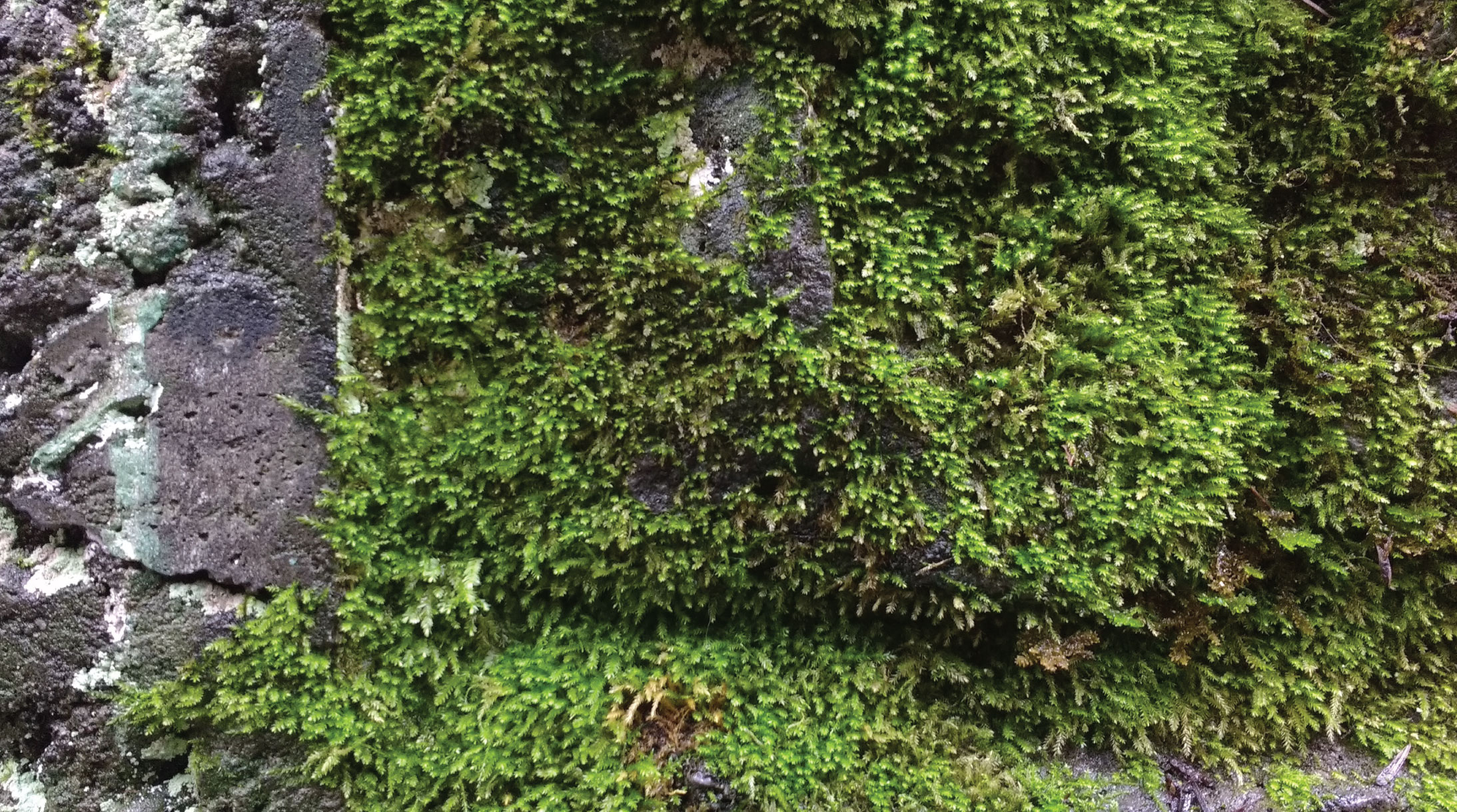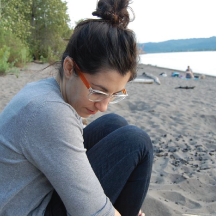South Korea, part 2: palaces, temples, and towers
And now on to the more touristy stuff from my trip to Seoul. I did a whole lot of walking on this trip. Like, a WHOLE LOT. I wore through one pair of shoes. Luckily I love walking, so I’m ok with this shoe loss ratio. Seoul is a giant city, with a million things to see and do. In addition to my random city wanderings (from part 1), I stuck with some of the standard Seoul sightseeing locations. I know I missed a bunch of great stuff (like the kimchi museum!), so I guess that means I’ll just have to make a return trip some day. One great thing about Korea is that many of the national attractions – palaces, museums, etc – are either free or very cheap. A couple of the palaces are free, and the others are only a couple bucks. The Namsan Tower (a private tourist attraction) was the only “pricey” thing I did, and I think it only cost about $20 total, including a cable car ride up to the base of the tower. Here’s the quick and dirty rundown of the main tourist attractions I visited, and then tons of photos:
THE FIVE GRAND PALACES. Seoul’s five grand palaces are the various lodging/administrative centers for the kings of Joseon-era Korea. Gyeongbokgung is the largest, with over 500 buildings! It sits on a massive piece of land surrounded by gardens, but I skipped them because a) it cost extra and b) spring hadn’t sprung when I was there and everything was still brown, so a garden tour didn’t seem like a good use of time. The National Folk Museum of Korea is on Gyeongbokgung’s grounds, and you can get in for free with your palace ticket. I highly recommend it, it’s a great museum. The palaces start to look a bit the same after a while, but there are things to appreciate about each one. Gyeongbokgung is massive and awe-inspiring, and was one of my favorites. Changdeokgung and Changgyeonggung are neighbors; Changgyeonggung sits lower and is surrounded by a beautiful forest/garden that I strolled through for a while. Gyeonghuigung is a tiny little guy, and hasn’t been renovated as much as the other palaces; I was the only person there and it was nice to be alone and have some solitary reflection time. Deoksugung is my second favorite, because it sits like a small oasis smack in the middle of downtown Seoul, right across from Seoul Plaza. Deoksugung also has some Western architecture in Seokjogwan Hall, which makes for nice contrast.

The five grand palaces in northern Seoul.
BONGEUNSA TEMPLE. Bongeunsa is in the Samseong neighborhood of Seoul and was founded in 794. It was the main temple of Korea’s Zen Buddhists from 1551 until the early 20th century. Like many other buildings in Seoul (including the five palaces) it was badly damaged during the Korean War, but has been rebuilt/renovated and is still a living breathing temple.
NAMSAN TOWER. This is “the” tourist attraction in Seoul, but even so it was un-crowded enough that I easily found a spot in front of a window to watch the sunset. Namsan Seoul Tower sits on top of Namsan Mountain (more like Namsan Large Hill by Colorado standards) and was built in 1971 to broadcast TV and radio signals. Namsan Mountain is a giant park full of hiking trails and you can walk up to Seoul Tower if you’re daring/have time/packed some kind of sturdy shoes. I was trying to make it in time for sunset so I took the cable car from the base of the mountain up to the base of the tower. The plaza at the tower base has a bunch of scenic views of the city, a touristy shop with snacks and beauty supplies (Koreans LOVE beauty/skincare products), and a kids area called Hello Kitty Island which I really wanted to visit but it felt creepy. All the fences in the plaza are covered with “locks of love”: padlocks that couples have left with their initials or love notes written on them. The tower itself is almost 800 feet tall, and you get to the observation decks via a speedy elevator that plays a ridiculously blockbuster-esque video of swooshing planets on the ceiling. There are two observation decks up top with 360-degree views of the city. The windows have interesting history about the city on them, and you can also see what major world cities lie far away in each direction. The top of the tower is also lit with lights color-coded to relate the city’s air quality; when I was there it was green, which is ok-ish. I got to the top at sunset and stayed to watch the city fall into darkness and a million lights and neon signs spring to life.
WAR MEMORIAL OF KOREA. The War Memorial is built on the site of the old army headquarters and serves to chronicle Korea’s military history. I could have spent an entire day (or two!) here, which would be an easy thing to do since it’s free. I visited for half a day, and only saw the outside grounds and a teeny fraction of the inside exhibits. The museum is incredibly well designed; there are a multitude of different types of spaces, all of them interesting, educational, beautiful, and somber. It was one of my favorite places of the whole trip.
And now, on to the pictures (in chronological order of when I visited)!

The view from Bongeunsa. The combination of old and new is one of my favorite things about Seoul.

I made friends with this temple cat, and it followed me around for about half an hour.

Judging by the paparazzi, this must the only early-blooming cherry tree in all of Seoul.

Cairns are one of my favorite shapes, and there are small ones (like at the lion’s feet) all over the grounds at Bongeunsa.

Bongeunsa.

A monk takin a stroll at Bongeunsa.

One of the interior gates at Changdeokgung.

Injeongjeon, the main hall at Changdeokgung.

Beautiful brick work everywhere (this time at Changdeokgung).

The view from one of the upper trails at Changgyeonggung, with Namsan Tower in the background.

Changgyeonggung, looking back toward the path up to Changdeokgung.

The Sungmundang corridor at Changgyeonggung. The doors are beautiful, the ceiling beams are beautiful, everything in these palaces is precise and intricate and beautiful.

An entry from my palace selfie series, this time from Changgyeonggung.

Myeongjeongjeon, the main hall at Changgyeonggung.

Guess I won’t be visiting Changgyeong’s botanical garden/pond.

Girls in hanbok posing with the guards outside Gyeongbokgung. My keen eyes noticed that facial hair is part of the guard uniform – it’s not real (for these guys, anyway).

The outer courtyard at Gyeongbokgung, with Heungnyemun (the second inner gate) on the right.

The interior of Geunjeongjeon, Gyeongbokgung’s throne hall.

Geunjeongjeon with Bukhansan (Seoul’s highest mountain) in the background.

More beautiful brick work, this time at Geongbokgung.

The grounds of the National Folk Museum of Korea have an area called “streets of memory”, a replica town showing life as it would have been in the 1970s-80s.

The barbershop from the National Folk Museum’s “streets of memory”.

On the grounds of the National Folk Museum.

The National Folk Museum of Korea. Just your average, ordinary Korean museum building (!!!).

I nerded out on a bunch of textile/weaving exhibits at the National Folk Museum.

Looking out from the main hall at Gyeonghuigung.

Sculptures around the corner from the main gate at Deoksugung. Your eyes do not deceive you, they really are squished.

Yarn bombing around the corner from Deoksugung.

The main gate at Deoksugung.

Western and Eastern buildings at Deoksugung, with the buildings surrounding Seoul Plaza in the background.

The main hall at Deoksugung. I waited forever for that couple to move out of the way, but they were intent on getting good jumping-in-the-air pictures.

My favorite door on the walk up to the Namsan cable car.

Before and after: a hazy sunset, and western Seoul by night.

The view out the south-eastern-ish side of Namsan Tower.

The outer wall in the bathroom stalls at the top of the tower is a full floor-to-ceiling window. One of the crazier places I’ve peed.

Locks of love at the base of Namsan Tower.

The courtyard of the War Memorial of Korea, with flags commemorating the countries who sent troops to help during the Korean War.

The entrance to the War Memorial.

We happened to visit on St. Patricks Day. “In memory of all those of Irish birth and heritage who fought and died in the service of the United Nations and those civilians of Irish birth and heritage who died side by side with the Korean people.”

Part of the grounds of the War Memorial. You can walk around on a boat and sit in a tank, among a million other things.

Not quite a Thad with a THAAD, but it’s as close as we’re going to get.

One of the exhibition lobbies inside the museum, with a replica of a traditional Korean war ship.



